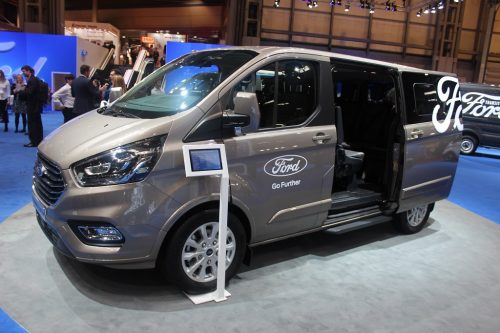
The minibus sector was out in force at this year’s CV Show. James Day reports on what suppliers had on display for 2018
While most vehicle manufacturers chose not to bring a passenger-spec van to their stands at this year’s Commercial Vehicle (CV) Show, there were lots of the usual top quality conversions and builds on display to show what the industry has to offer.
In particular, this year saw a good number of patient transport vehicles on display. It seems to be a market that more and more companies are looking to develop into or revisit, and converters were keen to show what they can do.
What follows are some of the highlights from the event from a minibus perspective. […]
By subscribing you will benefit from:
- Operator & Supplier Profiles
- Face-to-Face Interviews
- Lastest News
- Test Drives and Reviews
- Legal Updates
- Route Focus
- Industry Insider Opinions
- Passenger Perspective
- Vehicle Launches
- and much more!


